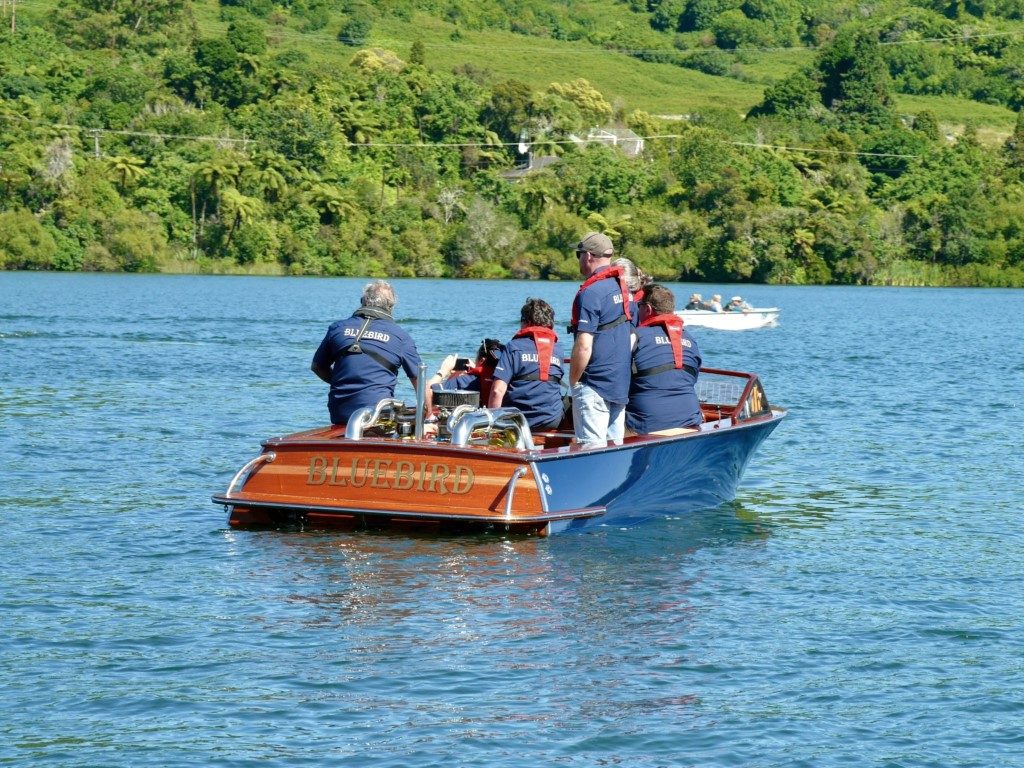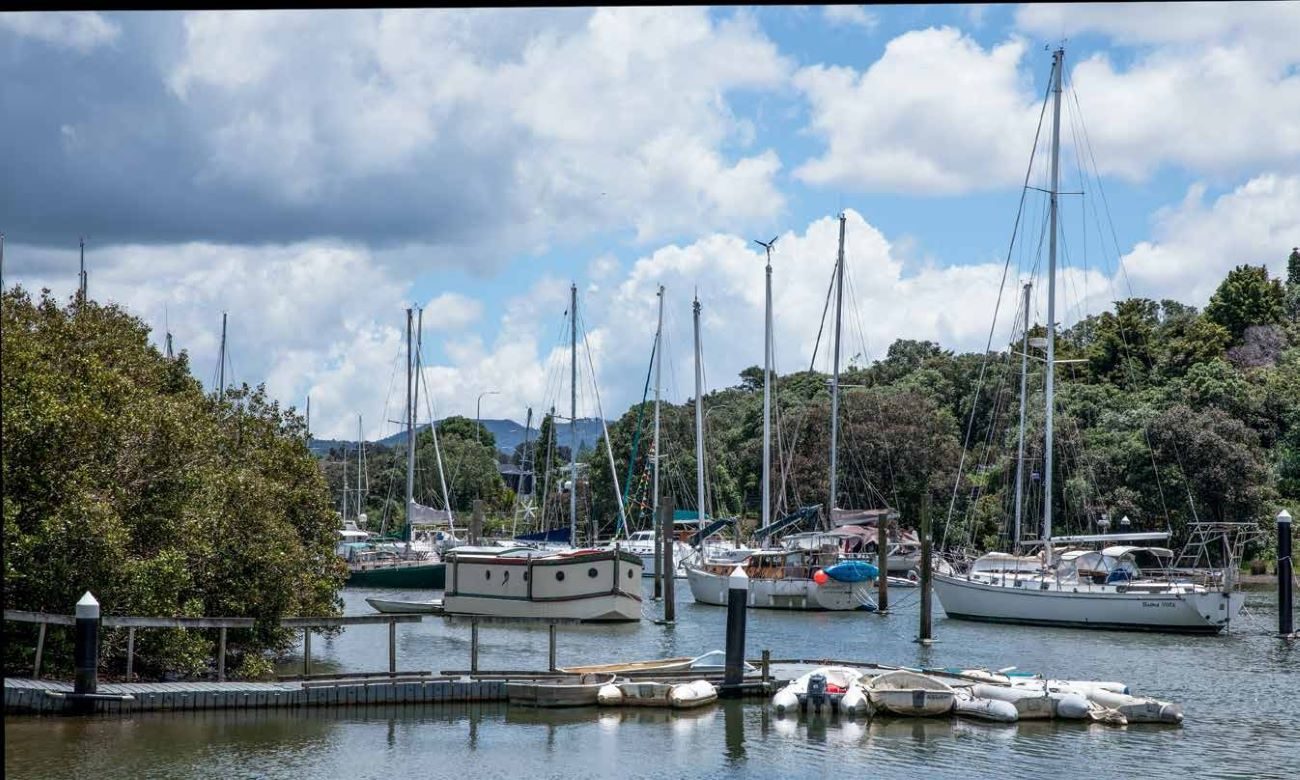

Weather forecasters think New Zealand is trending towards La Niña conditions this summer. The next three months are likely to be warmer than average, marine heatwaves may develop, and the risk for tropical cyclones is higher.
With that in mind, it’s a good time to make sure you are ready to protect your boat from potential storm damage that could occur both on the water and on land.
Here are several things to be aware of if your boat needs to stay on the water:
Anchor
If you are caught out at sea during a storm you may need to anchor. Choose a protected harbour or bay with a sandy or muddy bottom with a good anchor hold. Check all components of the anchor system and don’t go too small on the anchor!
Berth
A dock with strong pilings that offers shelter from water and storm surges is an ideal place to berth. Double all mooring lines but remember to leave enough slack to allow for rising water. To prevent any breakage or line chafing all rough points should be covered, and you can also protect your boat from rubbing or colliding against the dock or other boats by installing additional fenders.
Moorings
Ensure your mooring certification is up to date, check for chafe over the bow for rope components and check for corroded “O” rings and the like. Any lines or chains going over the bow should be checked to avoid causing problems if they into contact with any other components in a swell or rough seas.
The options above should help you while your vessel is on the water, but what about off the water?
Dry stack
You can safely store your boat on land in a dry stack, in a secure boat shed. It is best to have an arrangement made in advance of the summer season so you can understand the dry stack policies, especially when it comes to bungs. If left in, your boat could fill up with water if it’s left outside in a stack. If left out, you could forget and when your boat is relaunched it’ll fill up with water.
Garage
Your boat will be better protected from wind damage and flying objects if it is stored on its trailer inside your garage or shed. But be mindful of any rodents seeking shelter in your dry warm garage, they can get into your boat and nibble away at squabs and electronics doing damage you’re not expecting.
Trailered
If you must store your boat on your trailer outside during a storm, be sure to remove any canvas you can. Check your surroundings for any potential projectiles that may damage the boat including trimming back any large, dead, or dying trees and branches that could fall on your watercraft due to strong winds during a summer storm.
Preparation, preparation, preparation
The size of your vessel will play a major role in what you can and cannot do to protect your boat from a storm. Anything that can come loose in a storm should be removed or secured.
In fact, regardless of where you secure your boat during a storm, you should always remove all movable equipment and gear from the elements.
If it cannot be removed, it needs to be secured to the boat. You can also seal windows, doors, and hatches with duct tape to enhance the watertight integrity of your boat.
With a bit of preparation, you can greatly increase the chances of your boat surviving any bad weather this summer and providing you with a season of fun and enjoyment on the water. And in case things don’t go to plan, make sure you have the right marine insurance in place to cover any losses.




